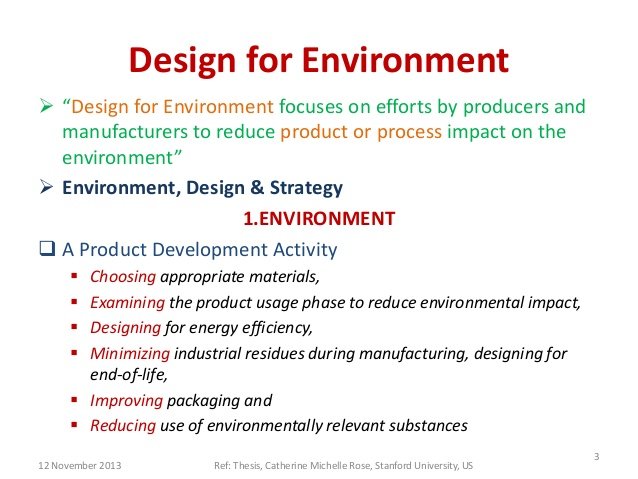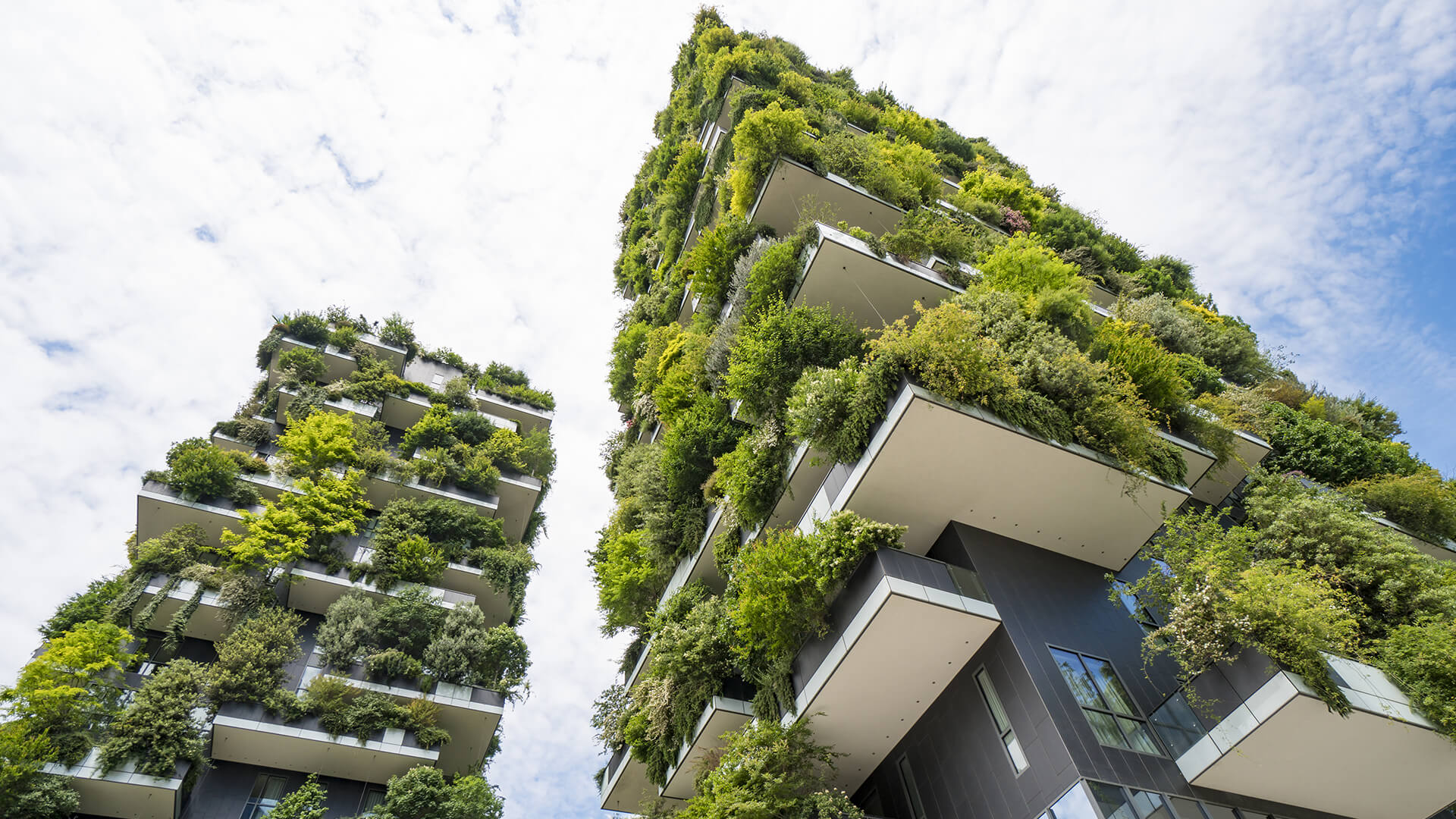Table Of Content

If you’re still confused on the difference between eco design, green design, and sustainable design – here is a breakdown of the two in order to better understand what sets them apart from ecodesign. Create designs that accommodate diverse needs, fostering equality and social inclusivity by ensuring that spaces and products are accessible to everyone. Incorporate energy-saving technologies like LED lighting, intelligent insulation, and efficient HVAC systems to lower energy usage, operational costs, and carbon emissions. These innovations align with sustainability goals and promote eco-conscious practices. Rogers’ Tribunal de Grande Instance in Bordeaux (1998) extends the firm’s usual palette of materials with wood.
Access this article
Total enrollment in the program shall be limited by the teaching resources and space capacities of the School of Architecture. In addition to the college preparatory curriculum, high school students planning on enrolling in architecture are especially encouraged to take art courses such as basic design and drawing. Specific areas of expertise are climate change mitigation and adaptation, environmental impact assessment, ecosystem science, payment for ecosystem services, and REDD (reduced emissions from ecosystem degradation and deforestation). We bring a unique added value to these projects by using our environmental expertise to produce ecologically responsible experiences. We do professional environmental analysis including carbon footprint assessment and life cycle analysis of materials used.
In this article:
You and your fellow course-takers have a huge knowledge and experience base between you, so we think you should take advantage of it whenever possible. In the final lesson, you’ll learn about grid systems and their importance in providing structure within design. You’ll also learn about the types of grid systems and how to effectively use grids to improve your work.
Literature on design principles
Exaggerated scales of images also add a certain level of interest and drama to them. Balance is the principle governing how we distribute the elements of a design evenly. Balanced designs tend to appear calm, stable and natural, while imbalanced designs make us feel uneasy. Colour and size are the most common ways we can create hierarchy — for instance, by highlighting a primary button, or using larger fonts for headings. Items that appear at the top of a page or app also tend to be viewed as having a higher hierarchy than those appearing below.
Products and services
Examples of the environmental design process include use of roadway noise computer models in design of noise barriers and use of roadway air dispersion models in analyzing and designing urban highways. Early roots of modern environmental design began in the late 19th century with writer/designer William Morris, who rejected the use of industrialized materials and processes in wallpaper, fabrics and books his studio produced. He and others, such as John Ruskin felt that the industrial revolution would lead to harm done to nature and workers. Since 2021, BOEM has held four offshore wind lease auctions – including a record-breaking sale offshore New York and New Jersey and the first-ever sales offshore the Pacific and Gulf coasts. BOEM has also advanced the process to explore additional opportunities for offshore wind energy development in the U.S., including in the Gulf of Maine and offshore Oregon and the U.S. There were more subtle surrealist moments elsewhere with materials, color and shape playing tricks with the mind.

If sustainably minded design was once considered a fad, it’s become clear in recent years that it is only a matter of time before it’s the industry standard. Interior designers and builders continue to find new ways to innovate at every level of design to maximize efficiency, reduce waste, and protect the environment. We asked expert interior designers to shed some light on emerging sustainable home design and renovation trends—it’s safe to say these techniques are as chic as they are environmentally friendly. In today’s context of climate change and increasing resource scarcity, sustainable design plays a pivotal role in addressing these challenges. It goes beyond short-term gains, focusing on long-term benefits for current and future generations.
Achieving a healthy and aesthetic environment for the occupants of a space is one of the basic rules in the art of Interior design. There are several standards and rating systems developed as sustainability gains popularity. Most rating systems revolve around buildings and energy, and some cover products as well. Most rating systems certify on the basis of design as well as post construction or manufacturing. Waste prevention strategiesIn planning for facilities, a comprehensive design strategy is needed for preventing the generation of solid waste.
What does an environmental designer do?
Visual design is about creating and making the general aesthetics of a product consistent. To create the aesthetic style of a website or app, we work with fundamental elements of visual design, arranging them according to principles of design. These elements and principles together form the building blocks of visual design, and a firm understanding of them is crucial in creating a visual design of any product.
Hierarchy in design refers to the arrangement of elements in a way that signifies importance. It guides viewers' eyes, ensuring they focus on primary information first, followed by secondary and tertiary details. Designers establish a visual hierarchy by employing size, contrast, color, and spacing, directing attention and aiding comprehension.
Life-cycle assessment (LCA) is employed to forecast the impacts of different (production) alternatives of the product in question, thus being able to choose the most environmentally friendly. A life cycle analysis can serve as a tool when determining the environmental impact of a product or process. Proper LCAs can help a designer compare several different products according to several categories, such as energy use, toxicity, acidification, CO2 emissions, ozone depletion, resource depletion and many others. By comparing different products, designers can make decisions about which environmental hazard to focus on in order to make the product more environmentally friendly. Emphasis in design principles refers to intentionally highlighting specific elements to draw attention and create a focal point.
Incorporating environmental considerations in the early stages of design like chemical synthesis and process synthesis has larger impact on the design. Therefore, number of approaches and case studies in chemical and process synthesis for environment are presented here. New models for defining environmental impacts is the focus of some papers important for design for environment. Uncertainties are large in these steps and need to be included in the computational procedures. Further, multiple objectives are involved in process design increasing the complexity of problem. Applications of this philosophy range from the microcosm — small objects for everyday use, through to the macrocosm — buildings, cities, and the Earth's physical surface.
Estée Lauder Launches Responsible Store Design Program - Environment+Energy Leader
Estée Lauder Launches Responsible Store Design Program.
Posted: Wed, 05 Jul 2023 07:00:00 GMT [source]
A good garbage prevention strategy would require that everything brought into a facility is recycled for reuse or recycled back into the environment through biodegradation. This would mean a greater reliance on natural materials or products that are compatible with the environment. This clear and informative book will prove to be invaluable to practising designers, to course directors and their students in need of a core teaching and reference text and to all those interested in learning about the tools and trends influencing green product design. Permits storing data to personalize content and ads across Google services based on user behavior, enhancing overall user experience.
Environmental designers may find themselves working in various settings, including design studios, architecture firms, urban planning departments, or as independent consultants. In design studios and architecture firms, collaboration is a common feature, with environmental designers working alongside architects, landscape architects, and other design professionals to integrate sustainable and aesthetic elements into their projects. Sustainable design has become a pivotal approach in various industries, aiming to create environmentally friendly and socially responsible solutions.
No comments:
Post a Comment